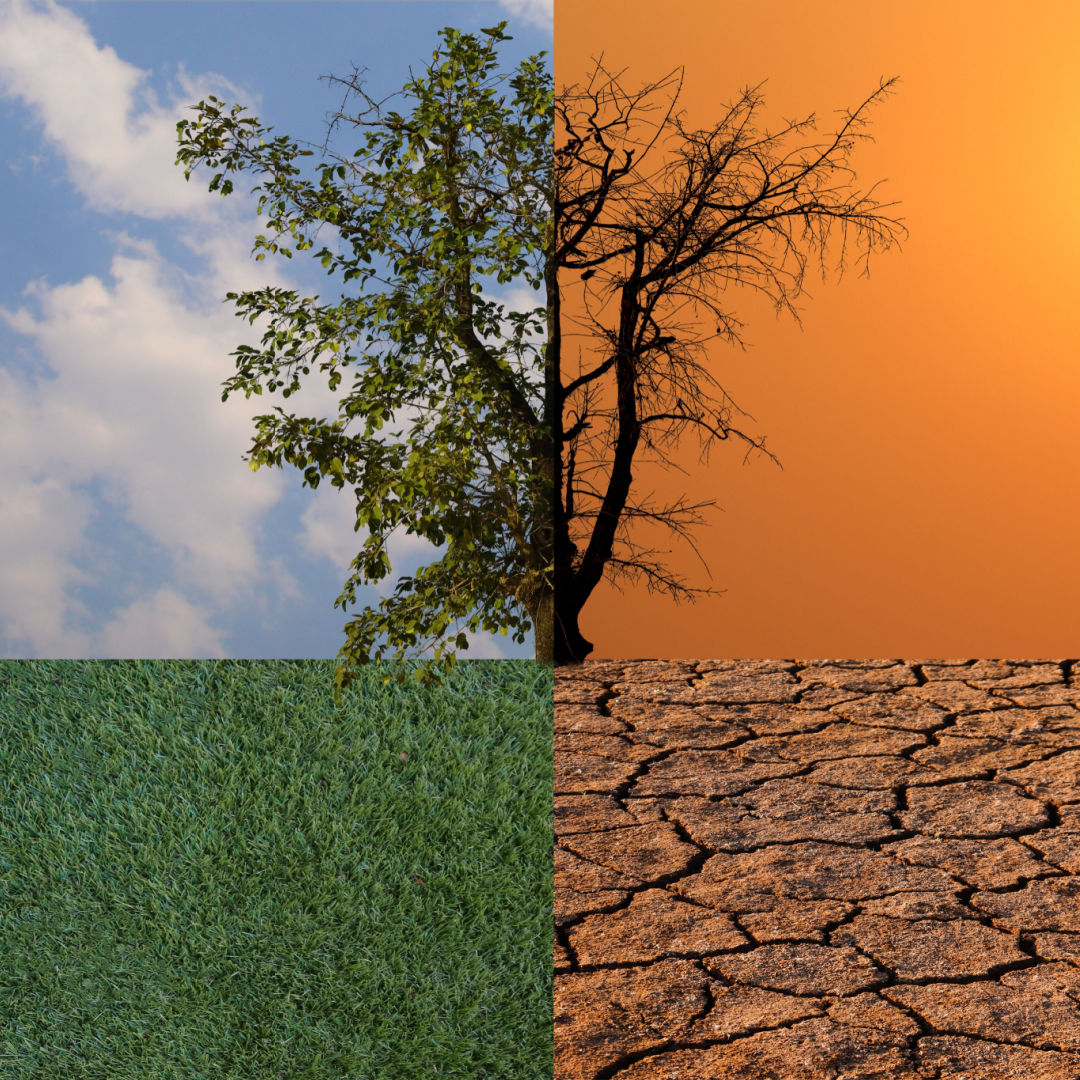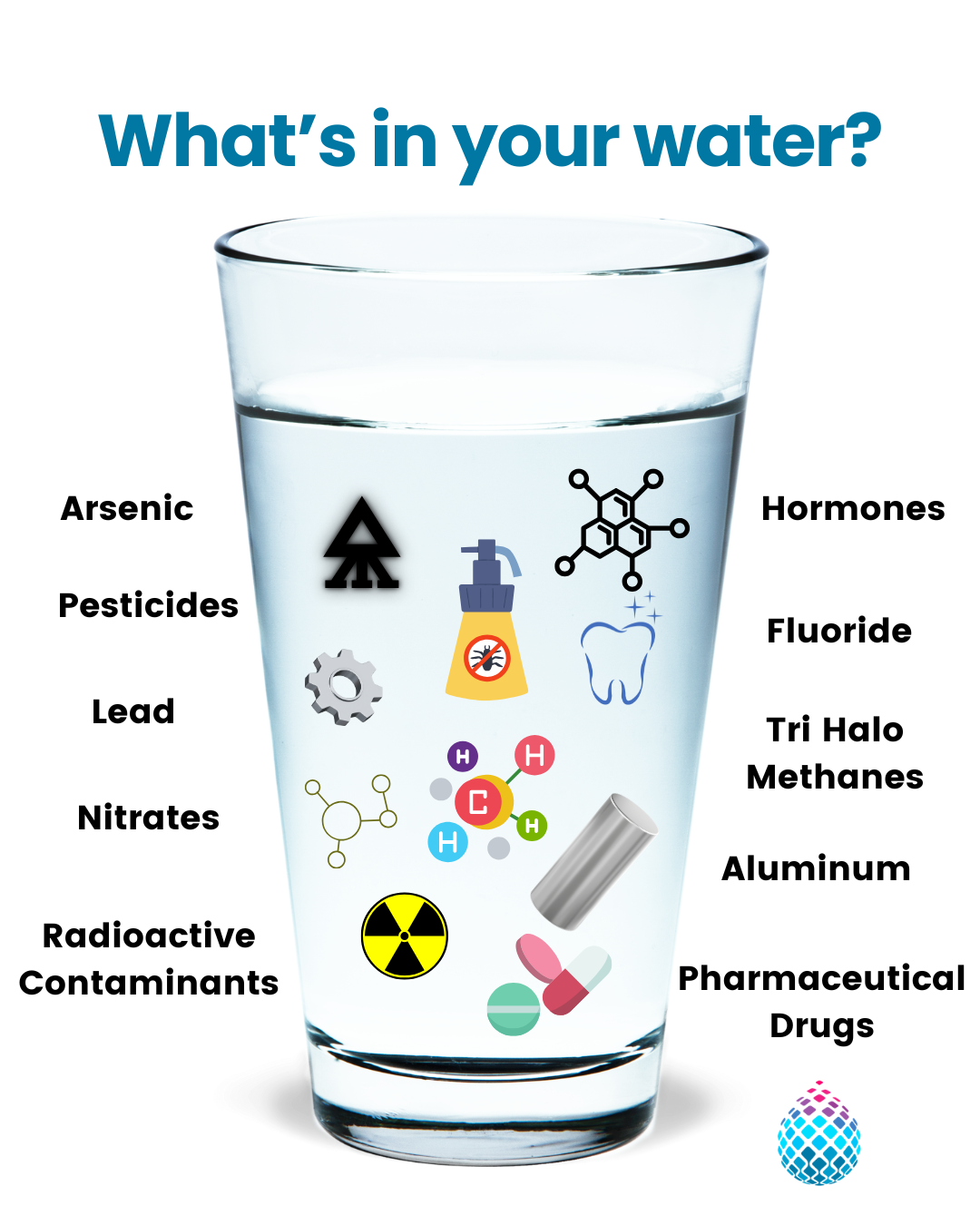How Changes in the Climate Can Affect Our Water
Water is a crucial part of human life. We use water for activities from bathing and drinking to growing crops, supporting livestock, generating electricity, and even relaxing and having fun. These uses alone put pressure on our water resources – pressure that has become exacerbated by climate change, threatening water access, availability, and quality. Approximately 99% of Americans have access to safely-managed water. However, as climate change causes flooding, droughts, and increased average temperatures, our water supply could be seriously jeopardized. At Optimum, we are concerned about the risk climate change poses to our water resources and so we have created this article explaining exactly how climate change affects our water supply and how you can protect yourself.
Water Cycle
The state of our water resources depends on the water cycle – the complex process by which water moves around. This cycle is a delicate balance between precipitation, evaporation, condensation, and sublimation. Even a slight disruption to that balance can jeopardize our water supply, and scientists have already observed global warming altering the process. A warmer climate causes more water to evaporate and, in turn, a warmer atmosphere holds more water. Increased evaporation causes droughts in some areas while causing excess precipitation in others, which leads to increased runoff and even flooding in other areas. Increases in temperature also cause snow to begin melting earlier in the year, altering streamflow in rivers whose sources are in mountainous areas. All of these changes in the water cycle that result from climate change put pressure on our water supply in a number of different ways.
Droughts
Perhaps the most obvious effect climate change has on our water resources is a decrease in water availability. In certain parts of the world, changes to the water cycle will cause more frequent, more severe, and longer droughts. Many areas in the Western US are already experiencing this as they have received exponentially less rain over the past 50 years. In more mountainous areas, less total annual precipitation means less snowpack in the mountains, which, combined with earlier snowmelt, means that less water is available during the summer when demand is highest. A recent study from Harvard reveals that by the year 2071, half of the over 200 freshwater basins in the US will not be able to keep up with their monthly demand. As global temperatures increase, the more and more water shortages we will see.
Increased Runoff and Flooding
While climate change will cause droughts in some areas of the world, all the water that evaporates into the atmosphere has to go somewhere; don’t forget that warmer temperatures also mean the atmosphere can hold more water. These circumstances will result in increased precipitation in other parts of the world, leading to increased runoff and severe flooding. Both flooding and increased runoff can damage water quality, making it unsafe to drink.
As the precipitation moves across the ground towards larger bodies of water – a process known as runoff – the water will pick up pollutants: sediment, nitrogen from agriculture, dangerous bacteria, pesticides, fertilizer, trash, and even animal waste. This can also occur during floods. Once these pollutants get into our water sources, they become unsafe, unusable, or in need of expensive water treatments. The National Climate Assessment has already found that water quality is significantly decreasing in many areas of the US, “due to increasing sediment and contaminant concentrations after heavy downpours.” As some areas will be devastated by severe droughts, others will experience an overwhelming amount of rainfall that leads to undrinkable water resources.
Rising Sea Levels
One of the most commonly discussed effects of climate change is the anticipated rise in sea levels across the planet. This is predicted to occur because of two processes: the expansion of the ocean as it warms and the increased melt from glaciers and other sources of ice in the sea. Besides the obvious destruction this threat could cause to our coastal communities, rising sea levels also threaten our water resources. As the sea rises, saltwater is driven into freshwater resources. Saltwater contamination of our aquifers would render our water supply unusable unless it was treated with an energy-intensive desalination process. Considering how heavily life depends on water, the many threats climate change poses to our water supply should be taken very seriously.
Optimum Bottleless Water Coolers
While Optimum can’t stop climate change (at least not by ourselves), we’re grateful to be able to offer a variety of options for safe and clean drinking water. Each of our bottleless water cooler systems is equipped with our five-stage purification process that removes all chlorine, sediment, dirt, and other toxic components that may find their way into your water as climate change worsens. Browse our products and find out more about how Optimum can guarantee that your drinking water is always safe. Clearly. Pure. Water.



